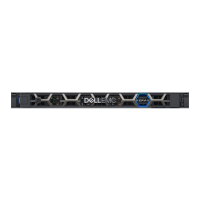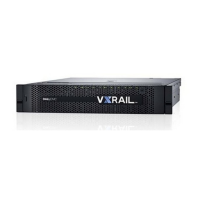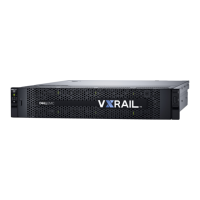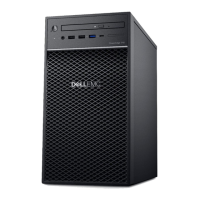43 | Network Planning Guide
© 2018 Dell Inc. or its subsidiaries
NSX Resource Requirements:
In a VxRail cluster, the key benefits of NSX are consistent, simplified network management and operations, plus the ability to
leverage connected workload mobility and placement. With NSX, connected workloads can freely move across subnets and
availability zones. Their placement is not dependent on the physical topology and availability of physical network services in a
given location. Everything a VM needs from a networking perspective is provided by NSX, wherever it resides physically. It is no
longer necessary to over-provision server capacity within each application/network pod. Instead, organizations can take
advantage of available resources wherever they’re located, thereby allowing greater optimization and consolidation of resources.
VxRail easily inserts into existing NSX environments and provide NSX awareness so network administrators can leverage
simplified network administration. See the VMware NSX Design Guide for NSX best practices and design considerations.
For additional information related to NSX, refer to the following materials:
• VMware NSX Network Virtualization Platform Technical White Paper at http://www.vmware.com/files/pdf/products/nsx/VMware-NSX-
Network-Virtualization-Platform-WP.pdf
• Reference Design Guide: VMware NSX for vSphere at https://www.vmware.com/files/pdf/products/nsx/vmw-nsx-network-virtualization-
design-guide.pdf

